Fresno Audubon Society has participating in the Drought Monitoring effort for two years and has allowed us a good snapshot of how shorebirds and waterfowl are coping with drier conditions on the refuges they depend on. Robert Snow, President of the chapter, took the time to write a reflection on the last season so that we can anticipate what will happen in the next:
Audubon California has been working with state refuges to help ensure sufficient water deliveries during our current drought. Even as industry has gone to “just in time” delivery of goods to minimize costs, wildlife refuges along the Pacific Flyway have been seeking the perfect water flow: Flooding fields just ahead of birds’ arrival. To better understand when the birds would typically arrive, Audubon and the wildlife refuges needed data. The data are in, and the sad truth is that California’s multi-year drought has affected birds of the Pacific Flyway.
The need for detailed information became more critical when, following three years of punishing drought, the wildlife refuges in California were facing potentially huge cutoffs of water in 2014. The US Drought monitor[1] for October 2014 shows how drastic the drought was at that time.
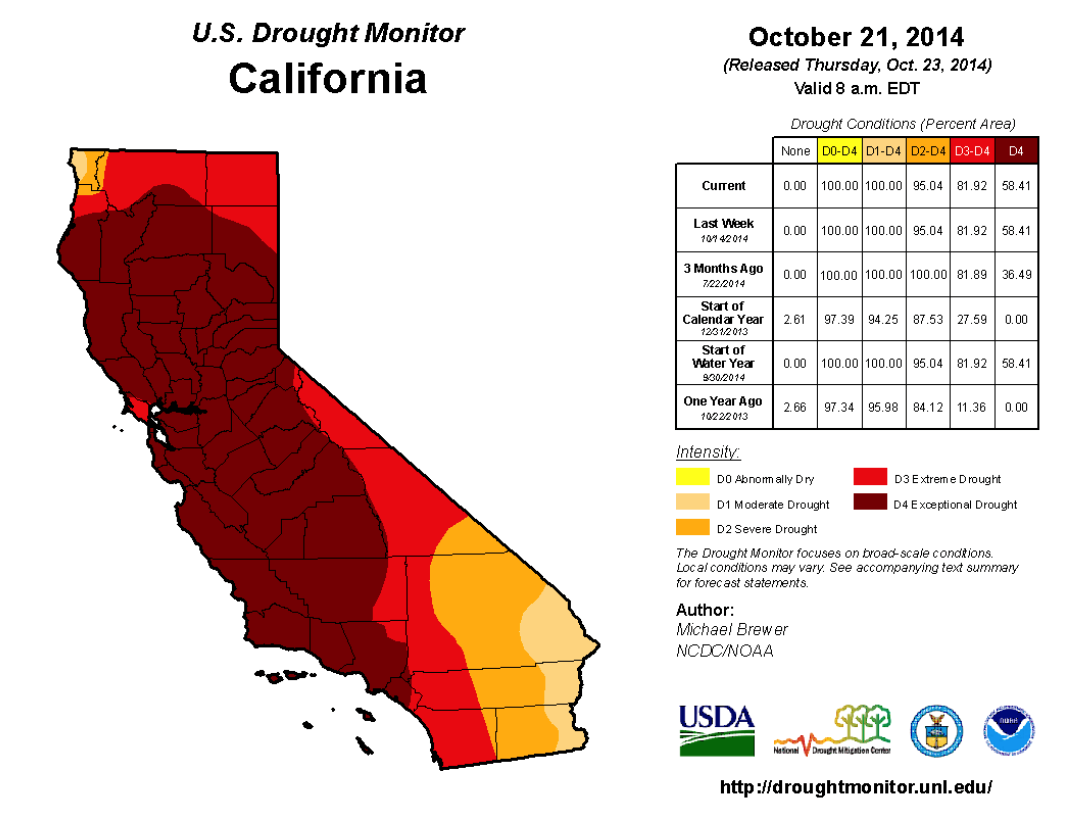
The federal Bureau of Reclamation determines how much water California wildlife refuges are allotted each year. However, from the very beginning in 1992 when congress enacted the Central Valley Project Improvement Act, refuges have never gotten their full allotment. (see Meghan Hertel’s article for a through discussion of this issue). With scarce water becoming scarcer, cities, farms and refuges were all facing cuts to their “typical” annual water use, which has never equated to a full allotment. Well-connected water districts and others lobbied heavily to favor “food over fish” which would have meant that refuges might get no water at all. Enter Audubon California (AC), which worked with the parties involved to insure that at least a portion of the baseline allotments would be kept. Even though AC was successful at ensuring that refuges got some water, there were still cuts.
In an effort to monitor the situation on the refuges in light of the serious reductions in water allotments, Audubon California enlisted several chapters to monitor the numbers of six target species on selected California state refuges. Fresno Audubon Society (FAS) joined that effort in October 2014 and monitored two routes in the Los Banos Wildlife Area (WA) and one route in the Volta WA, which are located in Merced County. Volunteers surveyed the routes twice a month through March 2015, counting birds and documenting the effect of reduced water deliveries on the refuge environment.
In October 2015, FAS began a second year of monitoring the same routes in the Los Banos and Volta WA. The drought conditions had not improved in Merced County, as can be seen in the US drought monitor for October 2015.
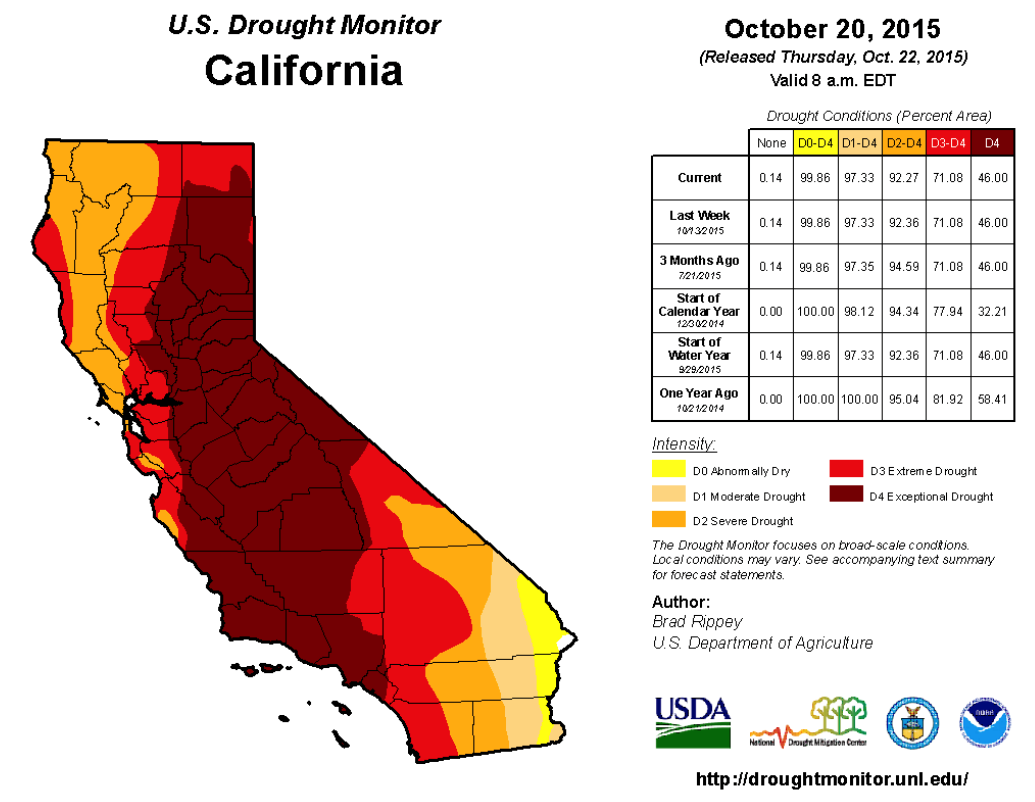
The California Department of Fish & Wildlife met with the Central Region’s Wildlife Area managers in September 2015 to discuss the drought’s effects on water supplies and waterfowl. For the 2015/2016 season, Los Banos WA received 75% and Volta WA received 65% of the water they would receive in a normal year, and they were forced to flood up the seasonal wetlands later than normal. This in turn led to decreased foraging habitat for returning waterfowl. According to the documents released from that meeting, “A lack of foraging habitat for early migrating waterfowl and a depletion of late season forage may be two significant effects of the current drought. Last year (2014-2015) there was a confirmed cholera die of over 1,100 waterfowl on San Luis Reservoir and several duck clubs.” A Body Condition Study from 2014-2015 showed an overall drop in body weights late last season.
The reduction in water to the Volta and Los Banos WA has resulted in a loss of seasonal wetland habitat on the preserves. These Wildlife Areas are designed to be primarily seasonal wetlands, as shown in the following maps released by the California Department of Fish and Game in 2011.
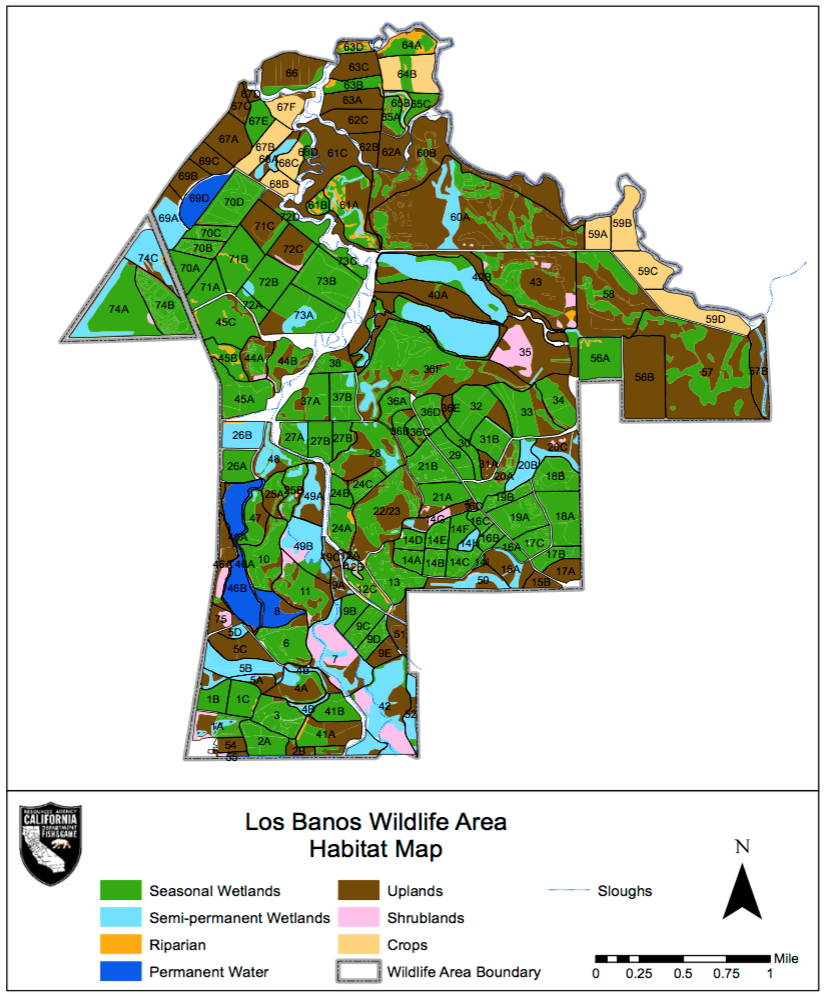
However, in our surveys we noted that most of the fields shown in green in the maps are typically dry fields rather than wetlands. This may be due to the reduced water allotment, which forces WA managers to reduce flooding.
In October 2015 on our first survey of the season of the Los Banos and Volta WA, we found very dry conditions. Generally, the habitat was much the same as the previous year. Most of the fields were totally dry. There was abundant water in Buttonwillow Lake and Ruth Lake, but no birds were seen there. Where there was water in wetlands, there typically were birds. The permanent wetlands were very dense with rushes, tules and cattails and very difficult to observe. There was no sign of overcrowding. There were more target species than we saw in October 2014. Note that hunting had not yet started for the season. The following photo of field 3, in Los Banos, is typical of what we found in October 2015.
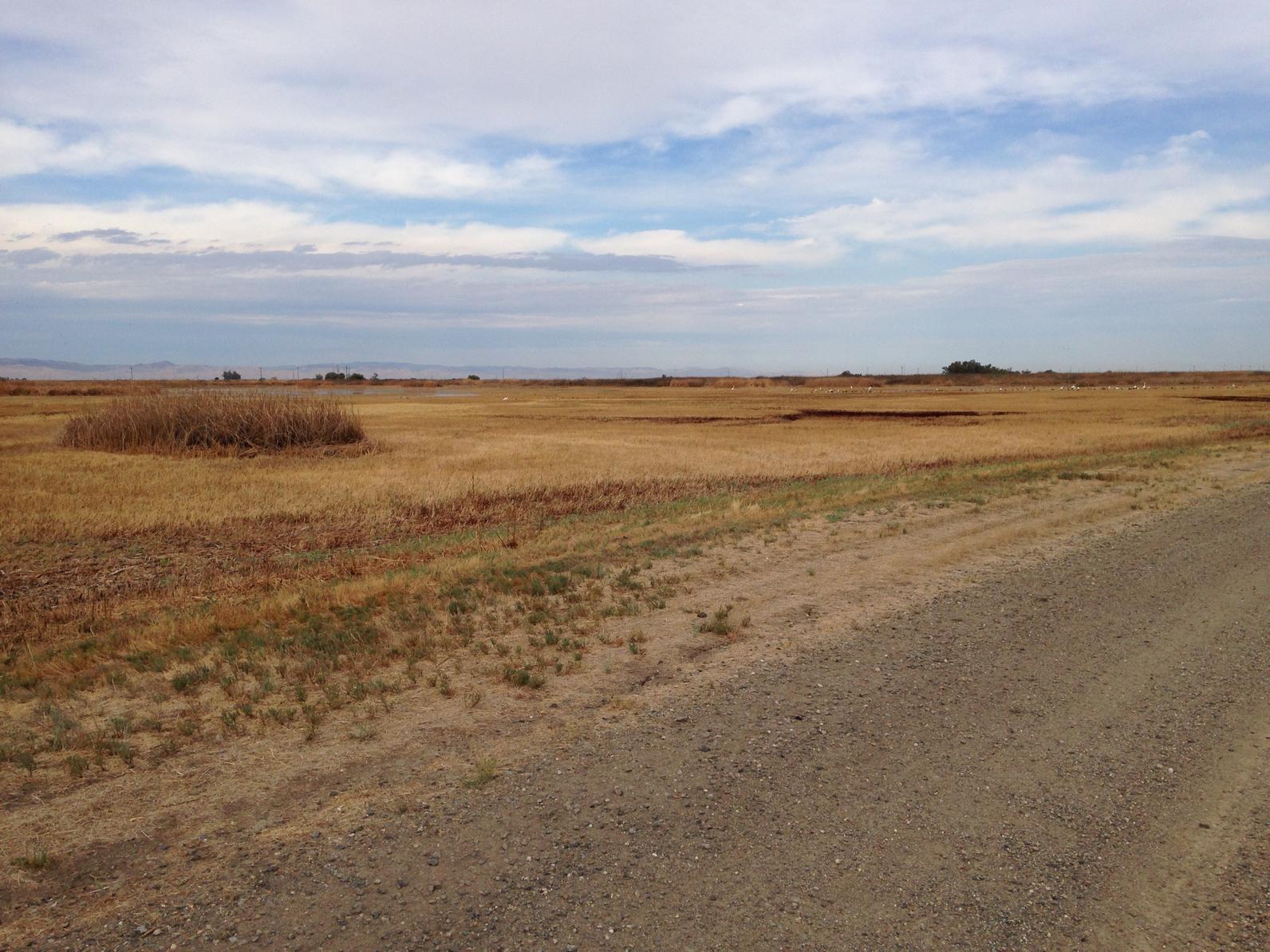
Table 1 shows the total number of target species logged in both Los Banos and Volta October 2014 vs. October 2015. Overall, there were fewer target birds found in mid October 2015 compared with mid-October 2014.
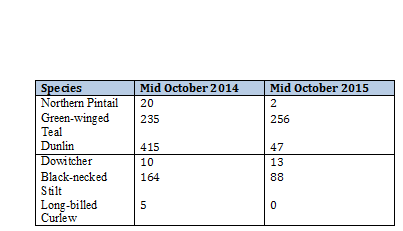
The months of November and December were so rainy we could not access the refuge. When we surveyed again in December, we found much more water on the refuges. The picture below is again field 3 in Los Banos, but in December it was flooded. The increase in water was consistent with the refuges’ published flood-up schedule for 2015.


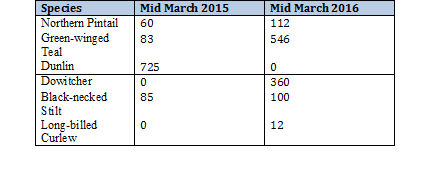
Our surveys show how important flooded fields are for ducks and shorebirds in the central valley’s state wildlife areas. While California had “normal” winter rainfall in 2015-2016, 70% of the state remains in severe, extreme or exceptional drought (Fresno Bee, Thursday May 19, 2016: “State shifts restrictions on water to local agencies”), and major forecasts indicate a continuation of the drought for the foreseeable future.
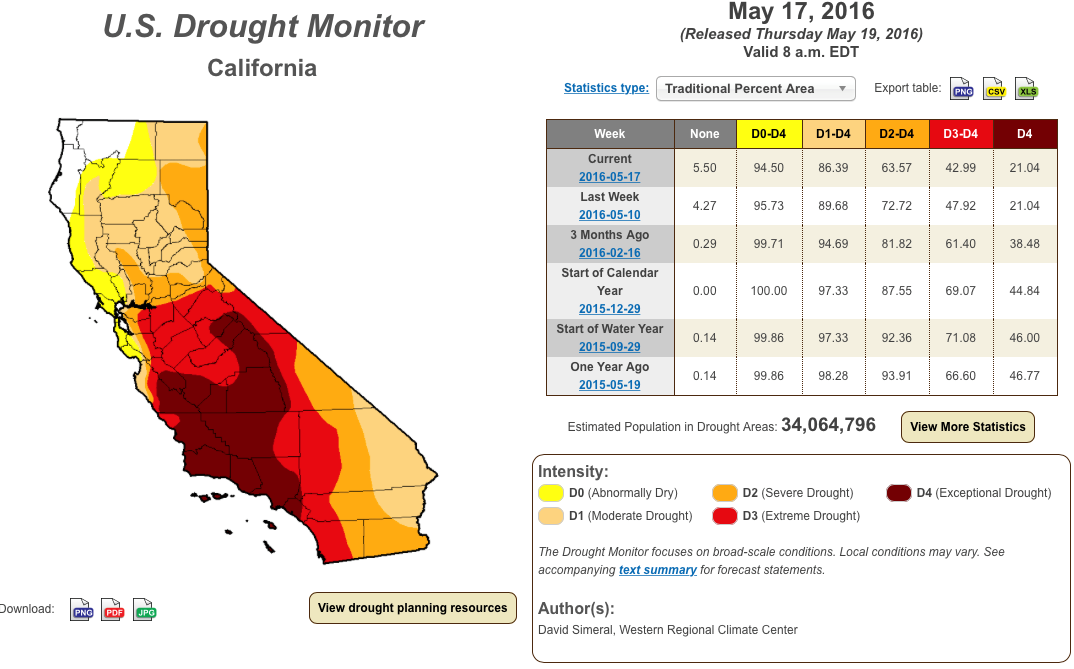
As of the date of this writing, Congress is working on a water bill that could significantly affect how much water wildlife refuges will get. Depending on the final content of this legislation, and on the future drought conditions in California, birds could remain stressed from lack of habitat and forage. We hope funds are available next season to continue monitoring the effects of this current drought, which has only been slightly reduced by the last rainy season.



